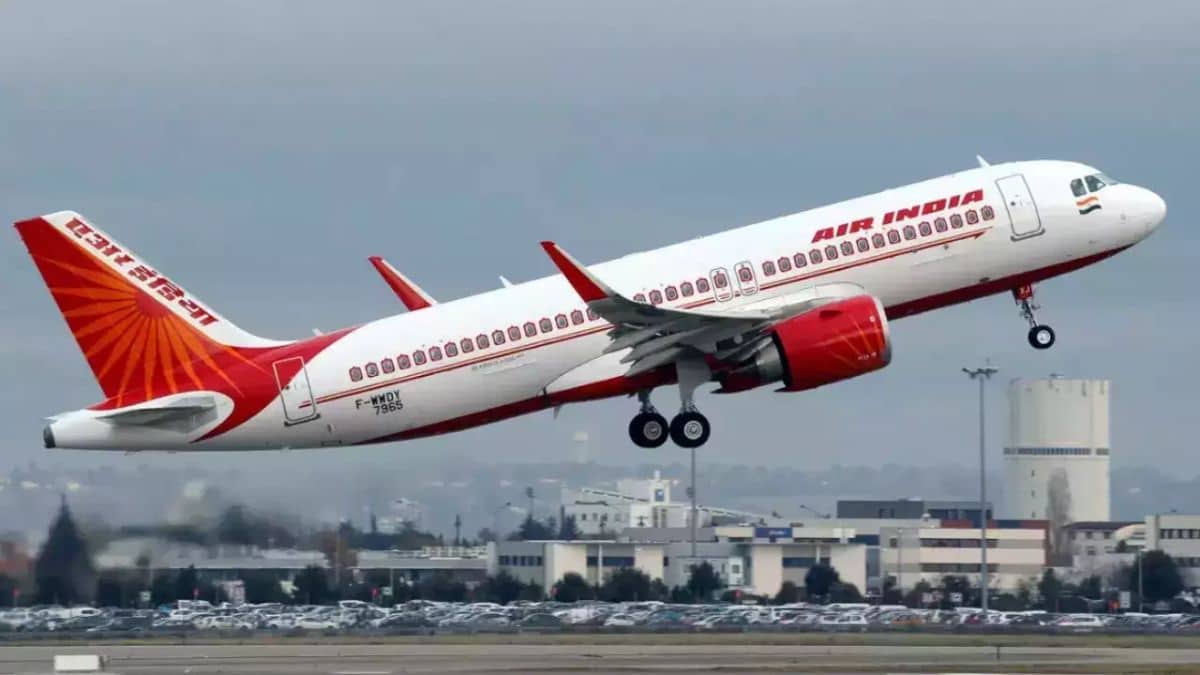 Image Credits - Reuters
Image Credits - Reuters
Air India Express which is under the Tata Group’s ownership, is broadening its international reach by deploying a significant portion of its aircraft on the Southeast Asian routes and other regions like it had done before in the case of Western Asia. These include countries like Thailand, Malaysia, Vietnam, Bangladesh, and Nepal. This move gains significance as the airline has recently added four Boeing 737-8 Max aircraft to its fleet, bringing the total size to 57.
The Boeing 737-8 Max is a variant of the Boeing 737, which is a popular narrow-body commercial aircraft. The ‘Max’ in its name stands for ‘Maximum Efficiency.’ It features advanced technology, fuel efficiency improvements, and updated aerodynamics compared to its earlier models. However, it gained attention due to safety concerns following two high-profile accidents involving this model in 2018 and 2019.
The Boeing 737 faced significant scrutiny in 2018 and 2019 due to two fatal crashes. One of them was the Lion Air Flight 610 crash in October 2018, followed by the crash of the Ethiopian Airlines Flight 302 in March 2019. Both incidents raised concerns about the aircraft’s automated flight control system known as MCAS or Maneuvering Characteristics Augmentation System.
Investigations revealed design flaws in its software, causing the aircraft to pitch downward uncontrollably. These tragedies resulted in the grounding of the entire 737 MAX fleet worldwide and prompted intense regulatory scrutiny.
Boeing faced criticism for its handling of the situation, including issues related to communication, transparency, and the certification process. The events led to a reevaluation of aircraft certification procedures and raised questions about the balance between safety and industry pressure.
Ultimately, Boeing worked to address the identified issues, implementing software updates and additional pilot training to enhance the safety of the 737 MAX. The aircraft began returning to service after global regulatory authorities approved the modifications.
With this new strategy, Air India Express is entering a phase of substantial expansion, with plans to integrate 50 new aircraft into its fleet over the coming 15 months. This initiative is geared towards achieving a total of approximately 170 narrow-body aircraft within the next 5 years.
The carrier’s overarching vision includes the development of a robust network that spans both domestic and international routes, highlighting its commitment to comprehensive growth and expansion.
The airline is currently in the final stages of a merger with AiX Connect, formerly known as AirAsia India, signalling its strategic transformation into a mega-low-cost carrier. This move reflects a significant shift in the company’s operational landscape.
A low-cost carrier (LCC) is an airline that offers lower fares and fewer amenities compared to traditional airlines. LCCs aim to reduce operational costs through strategies such as using smaller, more fuel-efficient aircraft, flying to secondary airports, and adopting a no-frills approach.
They help by making air travel more affordable for a broader range of passengers. This accessibility stimulates demand, encouraging people who might not have considered air travel due to high costs to choose flying as a viable option. LCCs often operate point-to-point routes, avoiding expensive hub-and-spoke systems, further contributing to cost savings.
While LCCs may lack some luxuries, their cost-effective model benefits travellers seeking budget-friendly options, promoting competition in the airline industry and fostering increased overall accessibility to air transportation.
In addition to its plans for international expansion, the airline is focusing on further development of its regional hubs. The goal is to create a synergistic relationship between its international and domestic networks. This strategy is based on the observation of a growing trend in India where passengers opt for a one-stop itinerary. This involves taking a short-haul domestic flight to a regional hub before catching an international flight. The one-stop itinerary not only provides convenience for passengers but also offers an overall cost advantage, presenting a more economical option compared to direct flights.
In summary, the airline’s merger and subsequent plans reflect a comprehensive strategy to solidify its position as a mega-low-cost carrier. The proposed expansion into south and southeast Asia, coupled with the development of regional hubs, underscores the company’s commitment to enhancing both its domestic and international offerings while keeping cost-effectiveness at the forefront of its operational approach.
The expansion of Air India into Southern Asia has the potential to catalyze economic growth and strengthen diplomatic ties. Improved air connectivity can facilitate increased trade between countries, promoting the exchange of goods and services. Additionally, enhanced accessibility can stimulate tourism, allowing people to explore diverse cultures and attractions.
It helps create new business opportunities and encourages investment in the region. Increased flights could boost the transportation sector, generating employment and fostering economic development. Moreover, the airline’s expansion may contribute to the region’s infrastructure development, such as airport upgrades and modernization.
However, challenges such as competition with other airlines and adapting to local market dynamics must be carefully navigated. Successful integration into Southern Asian markets requires a nuanced understanding of cultural nuances, regulatory environments, and passenger preferences.
While Air India’s expansion into Southern Asia holds promise for economic and cultural enrichment, its long-term impact will depend on effective market strategies, adaptability, and sustained collaboration with regional stakeholders.
